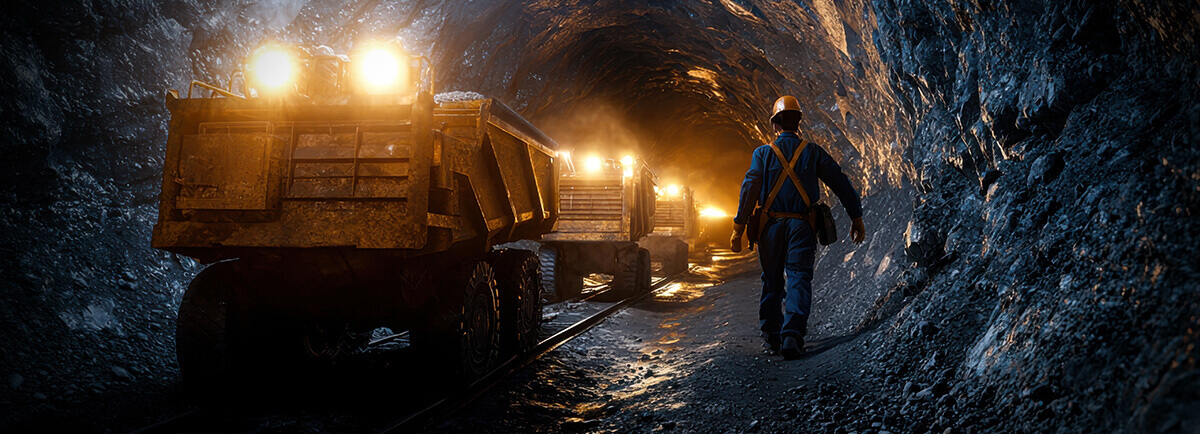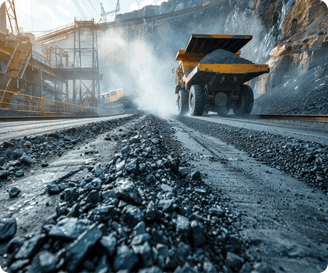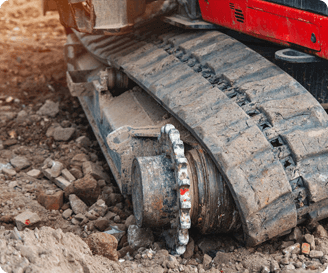
Common Compliance Pitfalls in Mining—and How to Overcome Them
Mining is one of the most heavily regulated—and high-risk—industries in the world. Staying compliant isn’t just about ticking boxes; it’s about protecting lives, avoiding costly shutdowns, and maintaining a company’s reputation.
Yet despite the best intentions, many mining operations fall into surprisingly common compliance traps. Regulations evolve, site conditions shift, and processes often lag behind. Without a proactive approach, even small gaps can quickly snowball into serious incidents.
In this article, we’ll walk through some of the most frequent compliance pitfalls in mining—and more importantly, how you can avoid them with practical, real-world strategies.
1. Inconsistent Permit-to-Work Processes
Mining sites handle high-risk activities daily—blasting, excavation, confined space entries, you name it. But when Permit-to-Work systems are applied inconsistently, the whole safety framework collapses.

Some sites enforce strict permitting protocols, while others cut corners to save time. That’s a recipe for accidents—and serious compliance penalties.
How to overcome it:
Standardize your PTW system across all sites. Use digital solutions that make it easy for teams to create, track, and close permits with full accountability. Automation ensures no critical steps are skipped, even on your busiest days.
2. Outdated Training Programs
Mining regulations and best practices aren’t static—they evolve constantly. Yet many operations still rely on outdated manuals, aging certifications, and infrequent refresher sessions.
This training gap can easily lead to non-compliance during inspections or audits.
How to overcome it:
Regularly update your training materials to reflect current regulations and site-specific risks. Implement ongoing refresher training and track completions digitally to stay audit-ready at all times.
3. Poor Incident Reporting Culture
If workers fear blame or believe nothing will change, incidents often go unreported. This leaves critical safety gaps hidden beneath the surface—until a serious accident forces them into view.
How to overcome it:
Foster a reporting culture where speaking up is valued, not punished. Make it easy for employees and contractors to log near-misses, unsafe acts, and incidents—anonymously if needed. And ensure every report is acknowledged and addressed.
4. Neglecting Contractor Compliance
Contractors are a vital part of most mining operations—but assuming their compliance is “their responsibility” is a dangerous misconception.
If a contractor violates regulations on your site, your company remains legally liable.
How to overcome it:
Treat contractor compliance with the same rigor as direct employees. Pre-qualify contractors, onboard them thoroughly, and monitor their activities continuously. Contractor management tools can make this oversight more streamlined and transparent.
5. Overlooking Equipment Inspection and Maintenance
Heavy equipment failure is one of the leading causes of serious mining incidents—and many can be traced back to missed inspections or deferred maintenance.

Without meticulous upkeep, even minor defects can turn deadly.
How to overcome it:
Stick to a strict preventive maintenance schedule and document every inspection digitally. Don’t rely on visual checks alone; follow regulatory standards and manufacturer guidelines religiously to stay fully compliant.
6. Lack of Real-Time Visibility Across Sites
When mining companies operate multiple remote sites, it’s easy to lose sight of what’s happening day-to-day. Without real-time data, problems are often discovered after they escalate—when it’s already too late.
How to overcome it:
Invest in centralized systems that provide real-time visibility across all locations. Track key compliance metrics, permit statuses, incidents, and training in one place. Early detection is your best defense against major disruptions.
Mining compliance isn’t just another operational task—it’s the foundation for safe, sustainable, and successful operations.
By identifying these common pitfalls early and addressing them proactively, mining companies can protect their people, strengthen their processes, and stay ahead of regulatory demands.
Because in mining, compliance done right is safety done right.
This article was generated with the assistance of AI and reviewed by Ramesh Nair for accuracy and quality.

Ramesh Nair is the Founder and Principal Partner of Niyati Technologies, the company behind Safetymint.
He’s a dedicated advocate for workplace safety. Ramesh firmly believes that every individual deserves to return home safely after a day’s work. Safetymint, the innovative safety management software, emerged from this conviction. It’s a platform designed to streamline safety management, empower safety professionals, and enhance safety in workplaces.
Through his blog, Ramesh shares insights, best practices, and innovative solutions for workplace safety. Visit his social media profiles to follow him for regular updates.



